Discover Five of Italy’s Best Kept Secrets – If you are planning a trip to Italy, you might have a hard time choosing the best places to visit in one of the world’s most beautiful countries. For thousands of years, Italy has been the center of arts and high culture. This Mediterranean country boasts an impressive collection of ancient, Renaissance, and baroque art and stunning monuments that date back to the Roman era. Combined, Kati and I have traveled to Italy over 20 times and still have much to see and experience.
Millions of tourists from all over the world flock to Italy every year to see beloved historical sites such as the Colosseum in Rome, the great canals and waterways of Venice, and the breathtaking monuments of Florence. However, Italy offers so much more than the usual tourist sites. If you’re a passionate traveler, Italy is sure to fulfil your expectations. There are many secrets to discover, places otherwise unknown to tourists. If you’re feeling adventurous and want to escape tourist crowds, Italy has no shortage of hidden gems, untouched by mass tourism. It’s also easy to forget that Italy’s coastline is 7500 km (4660 mi) long, featuring long sandy beaches, as well as rocky areas where the rugged terrain descends steeply into the sea, creating stunning natural scenery. Europe’s only active volcanoes can be found in the south of Italy and are easy to access due to their proximity to large urban areas. Last but not least, Italy enjoys the reputation of having one of the best cuisines in the world, so you can be sure you won’t remain hungry no matter where you go!
Please do keep in mind that due to the ongoing COVID-19 pandemic, you will be required to show either proof of vaccination or a negative PCR test to enter Italy.
Prepare to embark on your Italian adventure that you won’t soon forget.
Discover Genoa, a Major Port city with a Rich History
Genoa is a city located on the coast of the Ligurian Sea, in the northwestern corner of Italy, some 175 km (108 mi) from the French border. The city is the capital of Liguria, a region of Italy safely tucked in between the Apennine foothills and the sea. One of the oldest continually inhabited cities in the world, Genoa was a prominent town during antiquity but it was not until the Middle Ages that the city rose to prominence. With the rise of the Genoese Republic, the city had become a major trade hub and a rival of Venice. Evidences of a glorious past can be seen everywhere in the city. Many of Genoa’s best-known sights are located near the city port, but keep in mind that the city is hilly so prepare yourself for a climb.
The Aquarium of Genoa can be found at the Genoa’s sprawling waterfront. It is the largest aquarium in Italy, and one of the largest in Europe. Inside an iconic globe made from glass and steel, you’ll find a tropical garden and be able to see a variety of freshwater and maritime species in an aquatic ecosystem.
Cattedrale di San Lorenzo is only a short distance away from the waterfront. The cathedral is famous for its frescoed interior and a variety of architectural styles. It was built in the 12th century as a Romanesque basilica, to be rebuilt a century later in the Gothic style. The cathedral owes its fame for being the home of the ashes of St. John the Baptist.
Staglieno Cemetery: Cemeteries aren’t usually a sort of place you’d want to visit while traveling but Genoa’s Staglieno Cemetery is definitely worth your time. It is one of the most famous resting places in all Italy and for a good reason. The terraced ground is covered in exquisite tombs and stone monuments, most of which are true works of art. The majority of the monuments exhibit the distinct Art Noveau style popular in Europe at the turn of the 20th century. Witnessing the striking examples of funerary art can be somewhat overwhelming but the experience is bound to stay in your memory. You can access the cemetery by car or take a bus from the city.
Experience the Stunning Natural Beauty of Lake Garda
Located in northern Italy, at the southern foothills of the Alps, Lake Garda has long been famous for its crystal clear waters, exquisite microclimate, and a large number of picturesque towns built along its shores. The lake’s southern tip can be reached from Brescia or Verona, both half an hour’s drive away.
There are many beautiful little towns around the lake but if you’re staying only for a day or two, it’s best to keep to the lake’s southern shore.
Stroll the colorful streets of Sirmione a charming town perched on the tip of a small peninsula jutting out into the lake. The town is quite popular among tourists hence it might be a good idea to visit early in the morning or later in the afternoon if you want to avoid crowds. We recommend you rent accommodation at one of the villages near the lake and take a boat to Sirmione. Be sure to visit Castello di Sirmione, a 13th century castle that offers a perfect view of the lake and its surroundings.
Only a short distance from Sirmione you’ll find another town well-worth a visit. Peschiera del Garda is a resort town on the lake’s southernmost tip. At the entrance to the old town, you’ll come across Porta Verona, a 16th century gate built in the city’s fortified walls. A large number of cute little cafes and restaurants offer a perfect chance to catch a little rest from sightseeing, enjoy the atmosphere, or taste the local culinary delights.
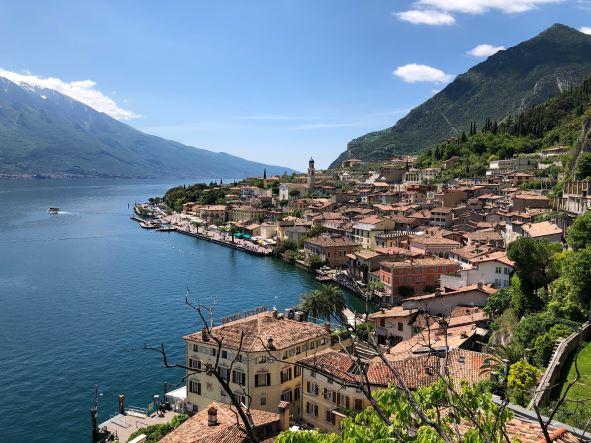
Lake Garda is a storybook destination. The entire Italian lake district is wonderful.
Visit Rimini, The Jewel of the Adriatic
To the southeast of Lake Garda, in Emilia-Romagna province, on the coast of the Adriatic Sea, is the city of Rimini. The drive from Lake Garda to Rimini takes about 3 hours. Along the way, you will pass through several prominent towns and cities such as Verona, Ferrara and Bologna. Rimini is a city with a long and exciting history, so there’s no shortage of sights to see.
Arco d’Augusto (Arch of Augustus) can be found at the southern end of the Corso di Augusto, Rimini’s main street. The spectacularly well-preserved triumphal arch was built in 27 BCE during the reign of the Roman Emperor Augustus.
Castel Sismondo, a 15th century castle is another interesting place to visit. Once a fortress of a powerful local family, the castle serves to house art and cultural exhibitions. Like other towns and cities of Italy, Rimini has seen many upheavals throughout its twenty century long history, evident in the fortress-like interior of the castle protected by thick walls as well as a moat.
Head to the Beach to Enjoy the Charms of the Adriatic
Rimini’s famous beach stretches more than 15 km along the coast of the Adriatic Sea. You can access it easily from any part of the city or its suburbs. The downside is that the beach is extremely popular among both tourists and locals due to its fine white sand and a large number of hotels, restaurants, and shops nearby. If the hustle and bustle of a city beach is not your thing, just head south to Riccione. The atmosphere here is more relaxed compared to the city proper, making it an ideal place for a quiet afternoon getaway.
Further south, you’ll discover two popular resorts, Misano Adriatico and Cattolica. A large number of holidays resorts and spas with thermal springs are ideal for people looking to remedy the stress of modern living. For the more adventurous types, Cattolica offers a number of opportunities to engage in active recreation, including water sports such as sailing, wind surfing, or water skiing, as well as tennis and riding.
Go on an Excursion to Urbino, A Scenic Medieval City
Safely hidden in the hilly country in the foothills of the Apennines lies the town of Urbino, only about 50 km southwest of Rimini. The city played a prominent role during the Late Middle Ages and the Renaissance periods, when it was a seat of the Dukes or Urbino. After a series of conflicts, the town came under control of the Papal States, followed by a short period of French occupation. The city’s most famous landmark, the Palazzo Ducale, dates back to the 15th century, serving as a vivid example of Italian Renaissance architecture.
Urbino is built on a steep, terraced terrain but the sights are well-worth a climb. North of the Palazzo Ducale, you’ll find Casa Natale di Raffaelo, the birth house of Rafael, one of the most famous painters of the Renaissance. It is a private museum where you can see a number of sculptures and paintings attributed to the famous artist. Urbino is often referred to as one of Italy’s best-hidden secrets, the town’s narrow medieval alleys, scenic surroundings, and a large number of historical landmarks will make it an ideal place to conclude your Italian adventure.
Our Final Word
Italy is a wonderful destination and should be on everyone’s travel list. Lakes, beaches, mountains and incredible food and medieval villages all are plentiful in this iconic holiday location. Kati and I have traveled extensively in Italy and will continue as there is so much to do and every part offers different landscapes and different people to meet and get to know. Don’t just restrain yourself to Venice, Tuscany and Rome. They are all great locations, but venture out and see more. Now that it has opened back up, Kati and I will be going back soon. We can’t wait.
1 Comment
Submit a Comment
Related Posts
Beyond the Big Five: Discovering Wildlife Wonders in Non-African Safari Destinations
“Beyond the Big Five” takes you on a thrilling journey to lesser-known safari destinations outside of Africa. From the lush rainforests of the Amazon to the vast plains of the Pantanal in South America, this article uncovers the hidden treasures of wildlife wonders that await adventurous travelers seeking a unique and unforgettable safari experience.
Traveling the Hemingway Way: A Guide to Adventurous Exploration
“Traveling the Hemingway Way is not just about visiting destinations, but immersing yourself in the spirit of adventure. Follow in the footsteps of the legendary writer, Ernest Hemingway, as you embark on thrilling journeys, seeking out untamed landscapes, vibrant cultures, and unforgettable experiences. Get ready to embrace the thrill of exploration like never before.”
Cruises vs. Authentic Adventures: The Great Travel Debate
Explore the pros and cons of both cruise vacations and authentic adventures in this travel debate. From the all-inclusive luxury of cruises to the immersive experiences of off-the-beaten-path adventures, discover which travel style suits your preferences and offers the most rewarding experiences.

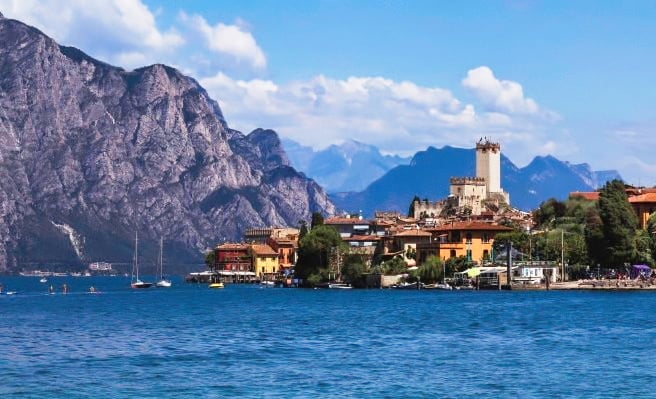
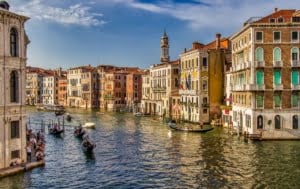
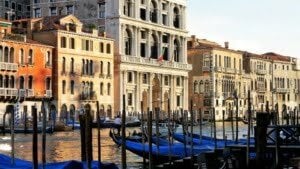
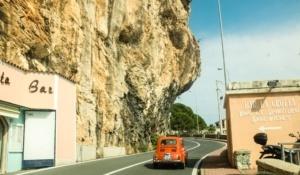





Really this is an amazing article, thank you so much provide this content